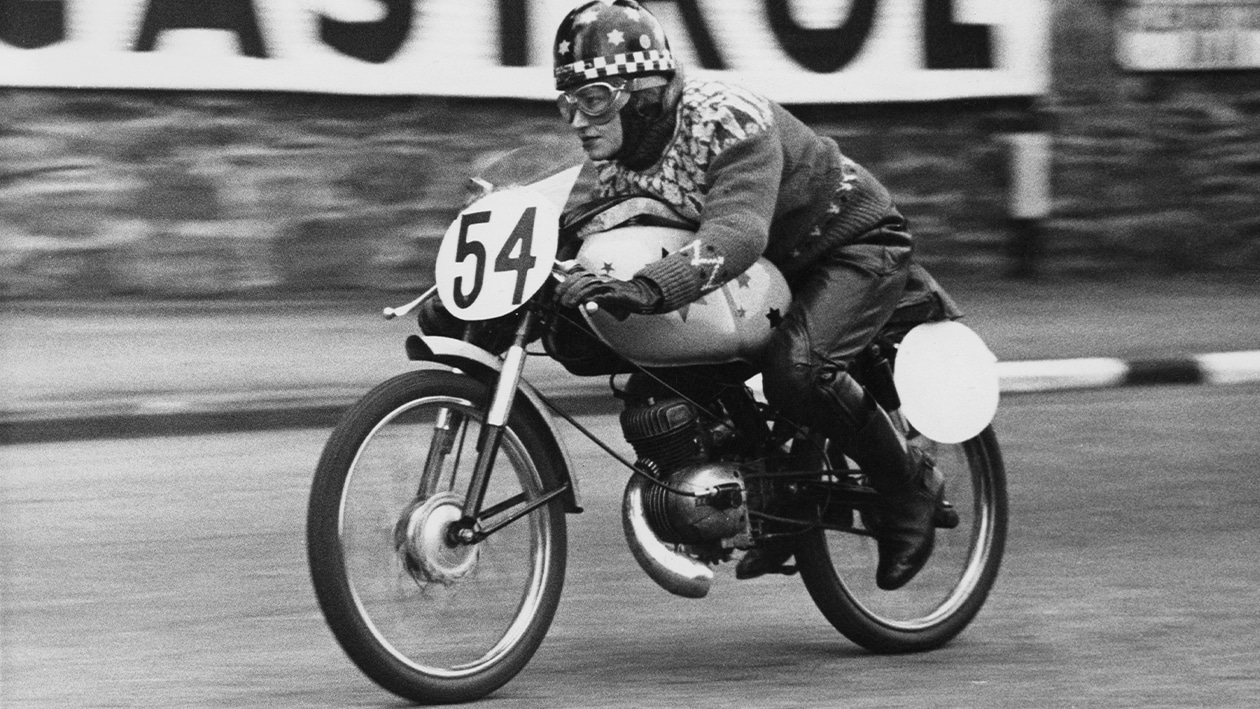Maria Costello, one of Britain’s top women racers for almost three decades, believes a female-only world series is a backwards step.
“I love the fact that we can compete on equal terms with men,” says Costello, who races sidecars and motorcycles in the UK and on the Isle of Man. “There are already women racing in the Moto3, Supersport 300 and MotoE world championships, plus team owner Faye Ho is doing amazing things with her all-women team in the British Junior Supersport series.
“I love what Formula 1 is doing with its F1 Academy, which is nurturing women drivers from the grassroots up. What we need in motorcycling is the same kind of support, not women-only racing.”
Although no woman has won the MotoGP or World Superbike titles, Spaniard Ana Carrasco wasn’t a million miles away when she won the 2018 Supersport 300 championship, the junior category of World Superbike. Carrasco beat a grid almost entirely comprised of men to become motorcycle racing’s first female world champion.
“I always try to be confident, because really we are all the same,” says the 26-year-old. “When fans watch MotoGP riders, maybe they think these guys are from another world, but we are all the same. Some of us are racers and others are builders or doctors – I don’t see any difference. Even in normal life, when you want to do something different, some people will always say, ‘Yeah, try it!’ And you will have others who always say, ‘You are wasting your time, you won’t make it!’ So you listen to those who want to help you and everything else means nothing. It’s always important to know who is trying to help you and who is trying to destroy you.”
Carrasco makes her point that women can beat men by having the phrase “Ride like a girl” plastered across her helmet and merchandise.
The FIM wants its new series to be a final destination for women racers, but it’s a fairly big step down from the Moto3 World Championship, which Carrasco currently contests, so it’s difficult to see the world’s fastest women racers wanting to contest the Women’s Motorcycling World Championship. In which case, what’s the point?
Mat Oxley has covered motorcycle racing for many years – and also has the distinction of being an Isle of Man TT winner
Follow Mat on Twitter @matoxley


